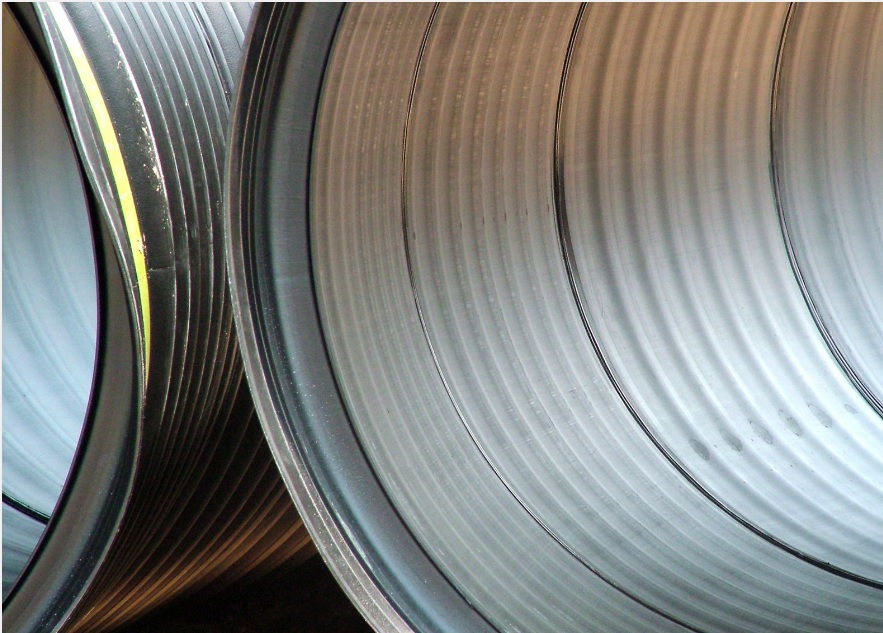Dealing with plumbing problems can be a challenge and many of these issues are caused by dirty sewer lines. In this article, we will explain how a sewer line works and some tips to keep the lines clean.
A Primer on Sewer Lines
The sewer lines connect the drains in your home to the main sewer line maintained by the city. All wastewater and the waste that it may carry is sourced and merged and then transported from the home to those larger pipes. If you encounter any of the following issues there may be a problem with your sewer lines. They are: frequent clogging, slow drains, gurgling sounds, smelly drains, and wastewater backups.
3 Tips to Keep the Sewer Lines Clean
1. Tame Nature
Big trees are aesthetically pleasing and they add shade to the yard. But, trees and larger shrubs are not a great companion for the sewer lines even though they are buried. Trees are always on the hunt for sources of easy water and nutrients to help them grow. The contents of the sewer line are an attractive prospect and the root system can detect small leaks. The roots may gradually grow towards the line where they can force their way into the pipe. They will then continue to grow in the pipe until it’s filled and the sewer line becomes clogged. So, it’s important to prune and trim back trees regularly and plant new trees away from the sewer line.
2. Preventative Drain Maintenance
Prevention is better than the cure, so it’s easier to prevent drain clogging issues and this requires a few simple life changes. It’s important to avoid pouring certain items into the drain to avoid the formation of clogs that can be hard to remove. At the kitchen sink, don’t pour oils, fats, grease, coffee grinds, eggshells, and stringy foods into the drain. All non-food items should be placed in the trash and food waste must be disposed of carefully. Adding a garbage disposal unit to the sink will help, but the aforementioned foods, small bones, and seafood shells cannot be ground up efficiently.
In the bathrooms, fit a drain cover to every drain, brush hair away from the sink and run the water when shaving. Hygiene products and “flushable wipes” should not be flushed, toilets are only designed to handle toilet paper and human waste.
3. Switch to Enzyme Based Cleaners
Chemical based household cleaners may contain caustic ingredients that can damage the pipes. Enzyme cleaners are better, they use natural enzymes to break apart the bacteria which are then consumed. This is a thorough cleaning method and it doesn’t damage the inner walls of the drain lines.
In Conclusion
Regular home plumbing and sewer line inspections with a camera are the best way to get an accurate picture of what’s happening inside the lines. Maintenance and cleaning can identify and fix minor issues before they become more serious and expensive to fix. If you’re concerned about your sewer lines, contact your local professional plumber today and schedule an inspection.





